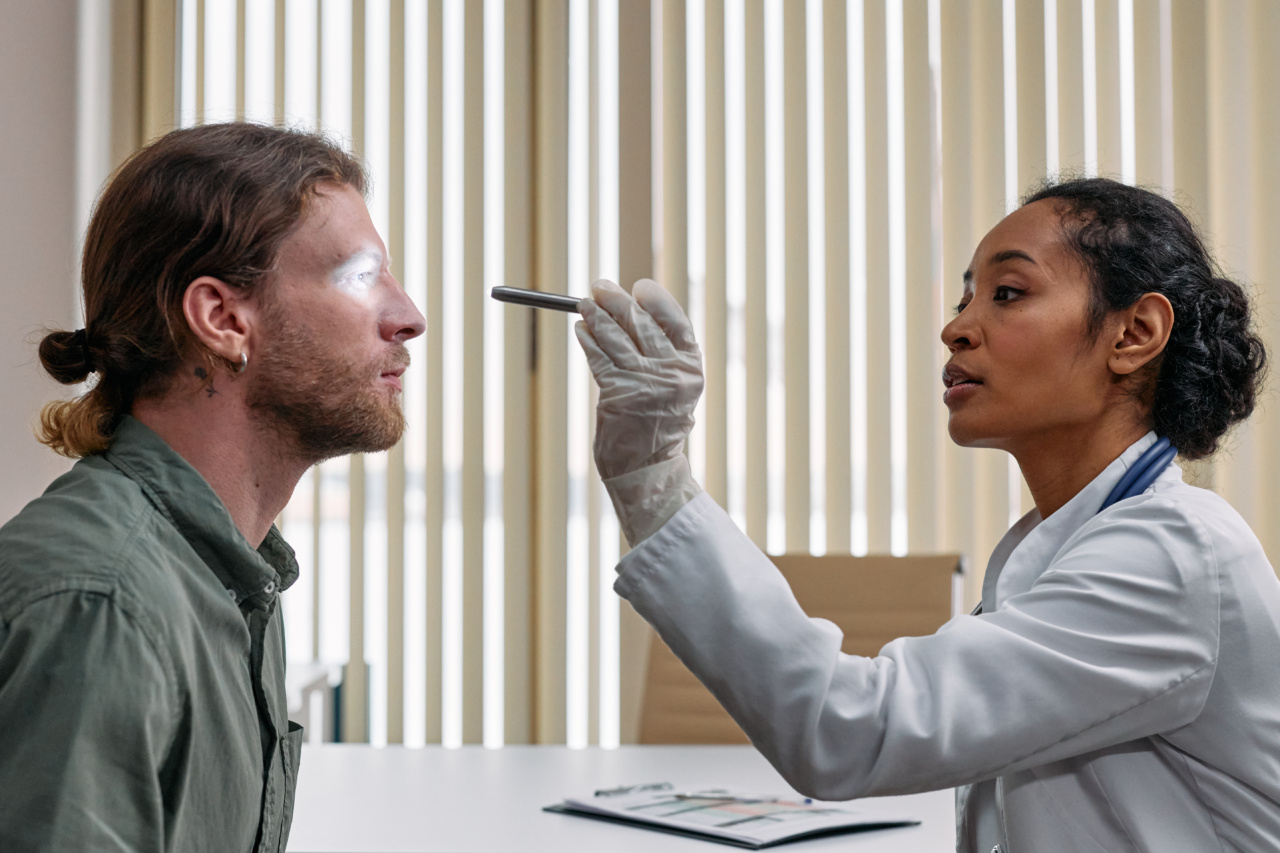Regular eye exams are an essential part of maintaining good eye health and preventing any potential vision problems.
While the frequency of eye exams may vary depending on individual factors, it is generally recommended that adults undergo comprehensive eye exams at regular intervals. These exams not only help in detecting any underlying eye conditions but also contribute to the overall assessment of an individual’s general health.
This article aims to provide insights into how frequently adults should get eye exams and why they are important.
Why are eye exams important?
Eye exams go beyond evaluating whether you need prescription glasses or contact lenses. They play a crucial role in assessing your overall eye health and determining if there are any potential issues that need attention.
Here are some key reasons why eye exams are important:.
1. Early detection of eye diseases and conditions
Regular eye exams can help detect eye diseases and conditions at an early stage.
Many eye conditions, such as glaucoma, diabetic retinopathy, and age-related macular degeneration, often develop gradually and may not show symptoms until they have reached an advanced stage. By undergoing routine eye exams, any potential issues can be identified early on, allowing for prompt treatment and prevention of further vision loss.
2. Assessment of overall health
An eye exam can also provide insights into your overall health. The eyes can act as indicators of various underlying health conditions, including diabetes, high blood pressure, and certain autoimmune diseases.
During an eye exam, an optometrist or ophthalmologist may detect signs of these conditions, alerting you to seek further medical evaluation and treatment.
3. Changes in vision prescription
If you currently wear glasses or contact lenses, routine eye exams are necessary to monitor any changes in your vision prescription.
Vision can fluctuate over time, and regular eye exams ensure that your prescription is up to date, allowing for clear and comfortable vision.
4. Eye strain and digital eye fatigue
In today’s digital age, many individuals spend prolonged hours staring at screens, whether it be for work or leisure activities. This can lead to eye strain and digital eye fatigue, causing symptoms like dry eyes, blurred vision, and headaches.
Regular eye exams help identify any issues related to eye strain and provide appropriate recommendations and solutions to alleviate discomfort.
Recommended frequency for adult eye exams
The recommended frequency for adult eye exams may vary depending on individual factors, including age, overall health, and any existing eye conditions. Here is a general guideline:.
1. Adults aged 18-60 with no underlying eye conditions
For adults within this age range without any known eye conditions, it is generally recommended to undergo a comprehensive eye exam every two years. This frequency allows for adequate monitoring of eye health and early detection of potential issues.
2. Adults over 60 or with underlying eye conditions
As adults age, the risk of developing eye diseases and conditions increases. Additionally, individuals with existing eye conditions may require more frequent monitoring.
Therefore, adults over 60 or those with known eye conditions should undergo annual eye exams to ensure comprehensive eye health assessment and timely intervention if necessary.
3. Other considerations
While the suggested intervals mentioned above serve as general guidelines, it is important to consult with an eye care professional for personalized recommendations.
Depending on your specific vision needs and health history, an optometrist or ophthalmologist may recommend more frequent eye exams.
Taking care of your eye health between exams
In addition to regular eye exams, there are several measures you can take to maintain good eye health between appointments:.
1. Practice good eye hygiene
Adopting good eye hygiene habits can help prevent eye infections and reduce the risk of eye irritation. Avoid touching your eyes with unclean hands and remove makeup before going to bed to prevent the buildup of bacteria or irritants around the eyes.
2. Protect your eyes from the sun
When spending time outdoors, protect your eyes from harmful UV rays by wearing sunglasses that offer 100% UV protection. Prolonged sun exposure can contribute to the development of cataracts and other vision problems.
3. Maintain a healthy lifestyle
Following a healthy lifestyle can positively impact your eye health. Eat a balanced diet rich in antioxidants, vitamins, and minerals. Regular exercise and avoiding smoking can also reduce the risk of certain eye conditions.
4. Practice regular screen breaks
If your work or daily activities involve prolonged screen time, make sure to take regular breaks to give your eyes a rest. Follow the 20-20-20 rule: every 20 minutes, look away at something 20 feet away for 20 seconds.
This helps reduce eye strain and fatigue.
Conclusion
Regular eye exams are an essential part of maintaining good eye health and detecting any potential issues before they become more severe.
The recommended frequency of eye exams for adults generally ranges from every two years to annually, depending on age, existing eye conditions, and overall health. However, it is crucial to consult with an eye care professional for personalized recommendations based on individual circumstances.
Taking care of your eyes between exams by following good eye hygiene practices, protecting your eyes from the sun, maintaining a healthy lifestyle, and practicing regular screen breaks can further contribute to optimal eye health.






























